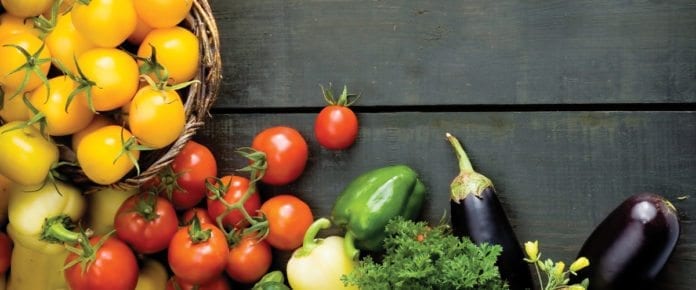It’s harvest time again and Canadians are looking forward to locally grown fresh fruits and vegetables. Consumer demand for food that is locally produced, marketed and consumed in Canada is generating increased interest in the Canadian marketplace.
Motives for “buying local” include a perceived increase in quality and freshness as well as support for the local economy. Consumers not only place importance on product quality but also on nutritional value, methods of raising a product and the effects on the environment and support for local farmers.
“Farm To Fork” — A Growth Opportunity For Restaurants
“Farm to Fork” is the practice of purchasing locally grown food directly from the source. The term comes from the idea that the less time and fewer hands it takes for the food to get from the farm to the table, the fresher, more environmentally sensitive and community-minded it is.
As a consumer-driven business, foodservice operators and their supplier partners need to satisfy consumer interests, but also quantify the consumer demand and benefit to providing environmentally friendly menu offerings. NPD Canada’s behaviour trackers recently revealed that nearly 67 million restaurant visitors consumed a meal that was locally grown in the year ending June 2015, a 14-per-cent increase. Consumers in Ontario demonstrated the strongest interest in locally sourced/grown foods.
NPD Canada also conducted an Omnibus Survey in October 2014 in which it asked consumers what they would like to see more of on restaurant menus. As shown, the survey revealed that half of all Canadians would like to see foods sourced in Canada and 44 per cent would like to see more foods sourced locally on restaurant menus. Undoubtedly, if this study were updated for 2015, the results would be similar, if not higher, in terms of consumers’ interest in seeing more locally sourced foods on restaurant menus.
Think Outside the Box
With sustainable food sourcing becoming increasingly important to Canadians, many restaurant operators are — or should be — focusing on it as a point of differentiation. Local foods let operators be creative with their menus and because they are seasonal, restaurants can rotate menu items based on availability.
When restaurant operators look to introduce more locally grown menu items, they should seek to:
- Spice them up with different flavour profiles
- Use bolder flavours
- Introduce multi-cultural influences
- Try new twists on comfort foods
- Increase focus on protein offerings beyond traditional menu items
- Offer vegetarian options
- Emphasize natural and fresh
- Offer new cuts of meat and fish (Denver steak, pork flat iron, Arctic char)
One of the top reasons consumers like to eat out is to try new foods — especially dishes they can’t make at home. Operators can capitalize on this by introducing locally grown foods that incorporate any number of the above-stated options.
Volume 48, Number 7
Written By: Robert Carter


















